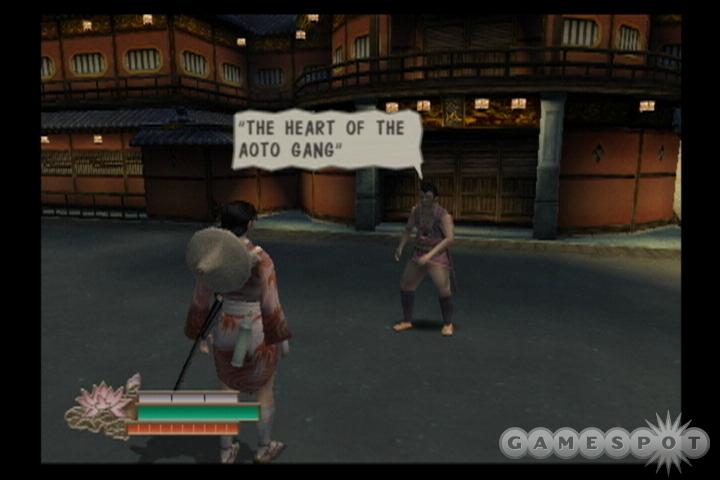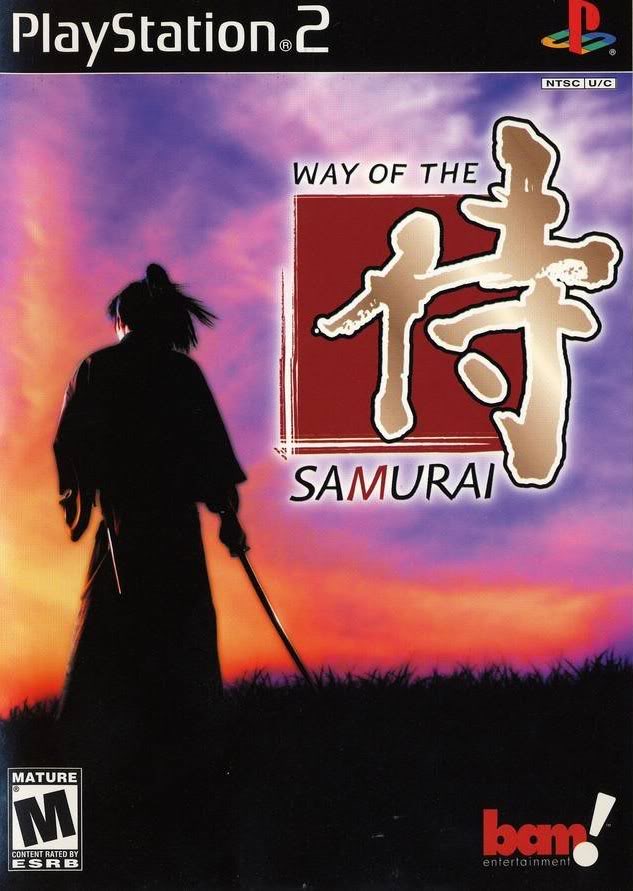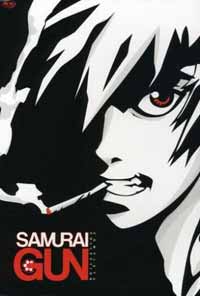


When they grew older they were trained by Zen Buddhist masters in meditation and the Zen concepts of impermanence and harmony with nature. Members of a hierarchal class or caste, samurai were the sons of samurai and they were taught from an early age to unquestionably obey their mother, father and daimyo. Samurai scholar: Karl Friday at the University of Georgia. Films: “Seven Samurai” and “Throne of Blood” by Akira Kurosawa “The Last Samurai” with Tom Cruise “Twilight of a Samurai”, nominated for an Academy Award in 2004. You can help this site a little by ordering your Amazon books through this link:. The film “Last Samurai” was based on”Bushido-The Soul of Japan”, written by Inazo Nitobe in 1899. “Vagabond” is a popular 27-volume manga based on “Miyamoto Musashi” by the famous mangaka Takehiro Inoue. “The Lone Samurai” by William Scott Wilson Shogun “ by James Clavell.
#Way of the samurai 1 gun archive#
Websites and Sources on the Samurai Era in Japan: Good Photos at Japan-Photo Archive Samurai Archives Artelino Article on Samurai Wikipedia article om Samurai Wikipedia Sengoku Daimyo Samurai Women on Samurai Armor, Weapons, Swords and Castles Japanese Swords Blade Diagrams ksky.ne.jp Making the Blades Wikipedia article Putting on Armor chiba-muse.or.jp Castles of Japan pages.ca. Enthusiasts for Visiting Japanese Castles (good photos but a lot of text in Japanese Seppuku Wikipedia article on Seppuku Wikipedia Tale of 47 Loyal Samurai High School Student Project eonet.ne.jp/~chushingura and Columbia University site /~hds2/chushinguranew : Good Japanese History Websites: Wikipedia article on History of Japan Wikipedia Samurai Archives National Museum of Japanese History rekihaku.ac.jp English Translations of Important Historical Documents hi.u-tokyo.ac.jp/iriki Kusado Sengen, Excavated Medieval Town .jp Kojiki, Nihongi and Sacred Shinto Texts Imperial Household Agency kunaicho.go.jp/eindex List of Emperors of Japan īooks: “Miyamoto Murashi”, a novel by about a legendary swordsman by Eiji Yoshikawa. MUROMACHI PERIOD (1338-1573): CULTURE AND CIVIL WARS MONGOL INVASION OF JAPAN: KUBLAI KHAN AND KAMIKAZEE WINDS KAMAKURA PERIOD (1185-1333) īUDDHISM AND CULTURE IN THE KAMAKURA PERIOD MINAMOTO YORITOMO, GEMPEI WAR AND THE TALE OF HEIKE

NINJA STEALTH, LIFESTYLE, WEAPONS AND TRAINING
#Way of the samurai 1 gun code#
SAMURAI CODE OF CONDUCT įAMOUS SAMURAI AND THE TALE OF 47 RONIN SAMURAI: THEIR HISTORY, AESTHETICS AND LIFESTYLE RELATED ARTICLES IN THIS WEBSITE: SAMURAI, MEDIEVAL JAPAN AND THE EDO PERIOD ĭAIMYO, SHOGUNS AND THE BAKUFU (SHOGUNATE) An 18th century samurai training read: “A samurai who is not prepared to die at any moment will inevitably die an unbecoming death.” Samurai were expected to kill themselves rather than surrender or be captured or be humiliated in any way. Samurai who produced the heads of high ranking leaders were rewarded with money and promotions.ĭeath was valued more than defeat. The heads of enemy officers were collected and presented to leaders as trophies and often displayed in public squares.

Samurai pillaged and killed with the best of them. The samurai code is actually not all that different from the code of the yakuza, the Japanese Mafia. While some saw them as well-mannered aristocrats others viewed them as thugs and organized gangsters. Samurai could be quite ruthless and brutal. Frugality among these Zen-inspired warriors was as much admired as the soft living of aristocrats and merchants was scorned and life itself was cheap, with warriors ever ready to commit ritual suicide (calledseppuku or harakiri) to preserve their honor or to register social protest. To die a noble death in battle at the hands of a worthy foe brought no dishonor to one’s family, and cowardice in the face of death seems to have been as rare as it was humiliating. The loser’s head was taken as a trophy, since headgear proclaimed family and rank. Two warriors would then charge one another brandishing their long swords until one was dismounted, whereupon hand-to-hand combat with short knives commenced. When two opposing sides confronted one another in the field, the mounted samurai would first discharge the twenty to thirty arrows at their disposal and then call out their family names in hopes of eliciting foes of similarly distinguished lineage. Thomas Hoover wrote in “Zen Culture”: “Battle for the samurai was a ritual of personal and family honor.


 0 kommentar(er)
0 kommentar(er)
